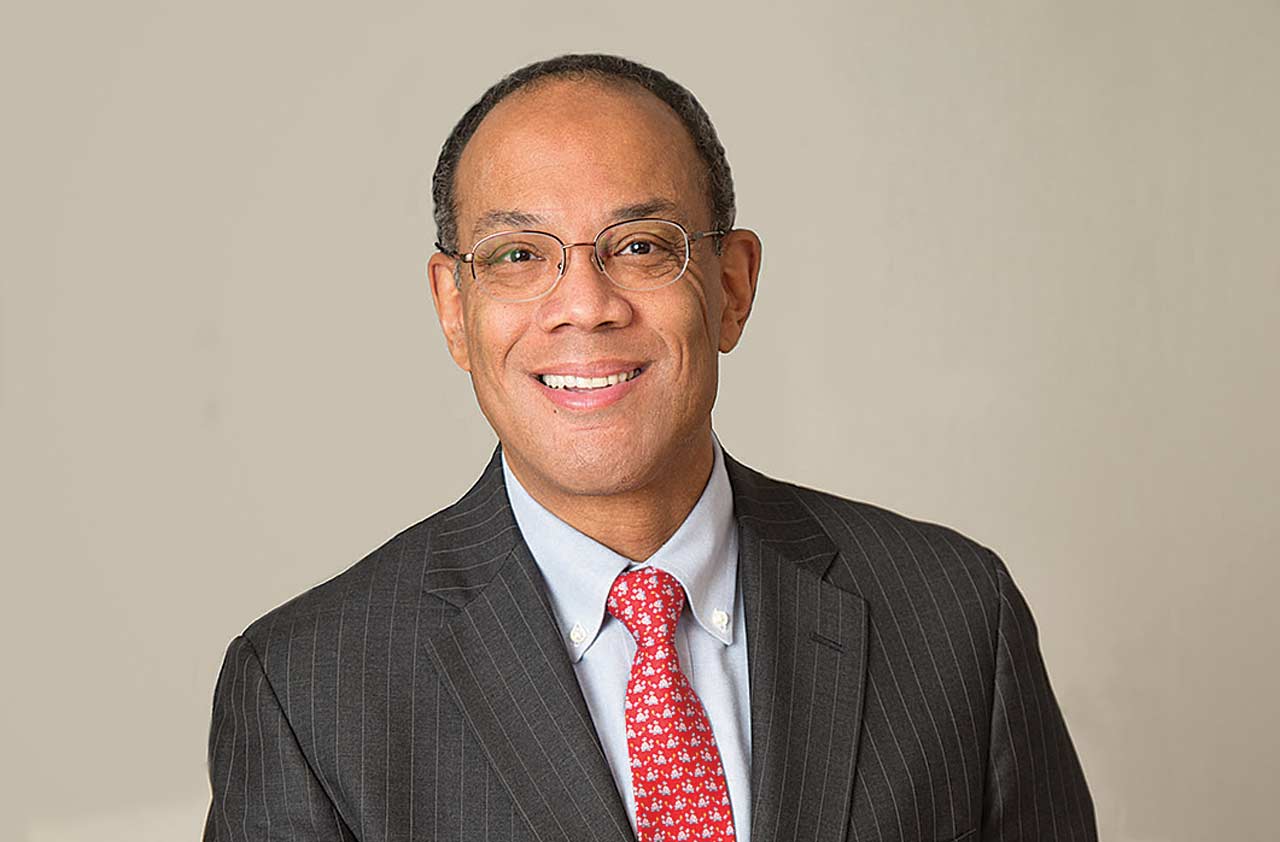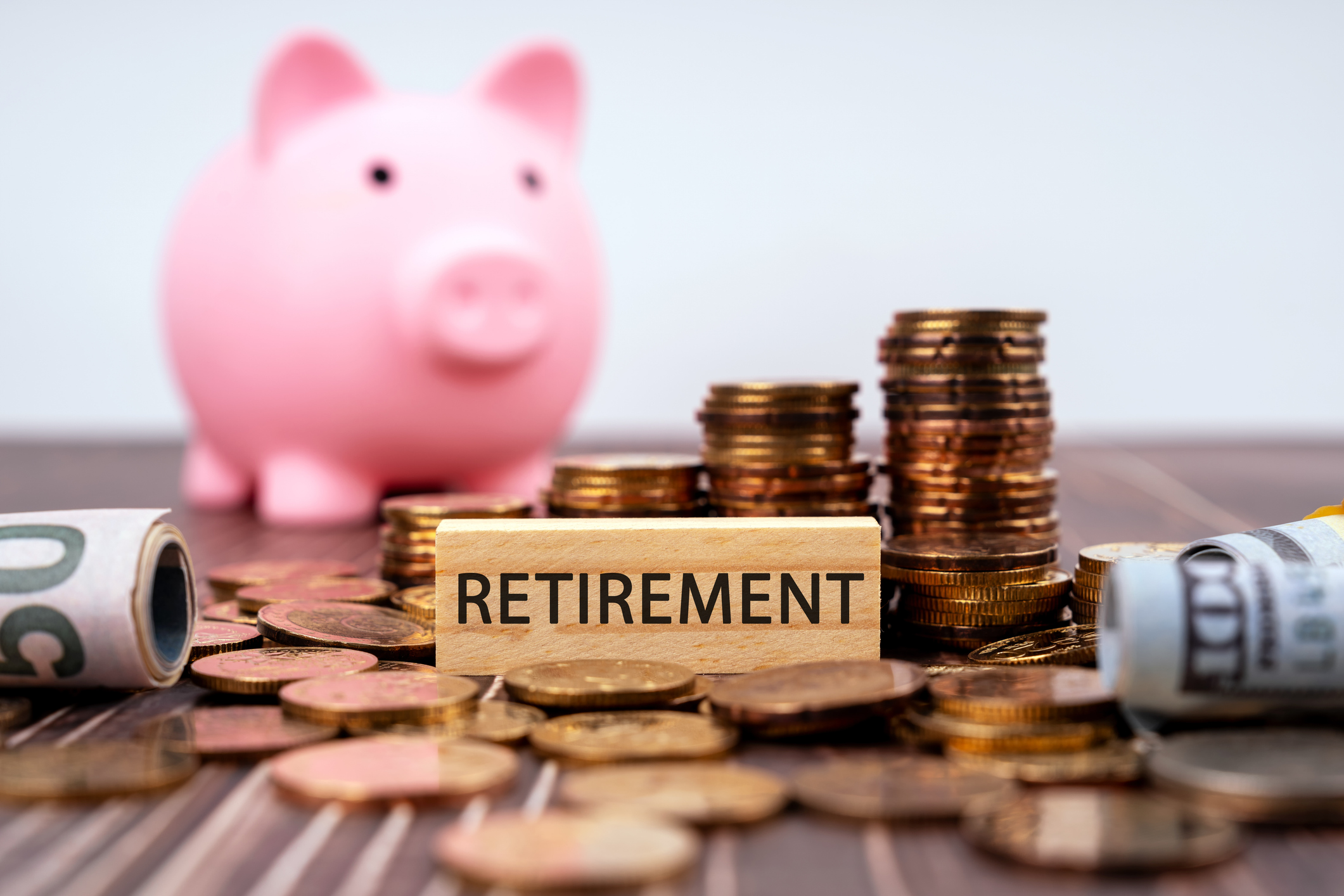What Drives Ariel Investments’ John Rogers
Rogers, a deep believer in the power of value stocks, says “It’s fun to be different,” he says. It’s been profitable, too.


John Rogers is a double anomaly. At a time when investors are increasingly turning to index funds, he picks individual stocks. And at a time when the market prefers growth-oriented companies, he buys value-priced shares. A former basketball star at Princeton, he launched Chicago-based Ariel Investments in 1983, at age 25. The firm’s flagship public fund, Ariel Fund (symbol ARGFX), opened three years later. He’s still lead manager of Ariel, which has returned an annualized 11.6% over the past decade, beating the Russell 2500 Value index by an average of 1.7 percentage points a year. (Returns and other data are as of September 14.)
I interviewed Rogers over lunch in Washington, D.C., at the Hay-Adams Hotel, across from the White House. Rogers was co-chair of President Obama’s inaugural committee, and the Rogers family is steeped in politics and public service. His mother was the first African-American woman to graduate from the University of Chicago law school. A Republican, she gave a seconding speech for Richard Nixon at the nominating convention in 1960 and later became a deputy solicitor general and an ambassador. Rogers’s father, a Democrat, was one of the original Tuskegee Airmen (the pioneer African-American aviation squadron during World War II) and served as a juvenile court judge in Cook County for 21 years.
Hooked at an early age. John’s father got him interested in the market by giving him shares of stock as birthday presents. At Princeton, John majored in economics. One of his professors was Burton Malkiel, author of the 1973 classic A Random Walk Down Wall Street. Malkiel is still active today and a fierce advocate of the efficient market hypothesis—the idea that stocks reflect all available information about them, so they are correctly, or efficiently, priced. The logical conclusion for investors, then, is to buy index funds with low expenses.
From just $107.88 $24.99 for Kiplinger Personal Finance
Become a smarter, better informed investor. Subscribe from just $107.88 $24.99, plus get up to 4 Special Issues

Sign up for Kiplinger’s Free Newsletters
Profit and prosper with the best of expert advice on investing, taxes, retirement, personal finance and more - straight to your e-mail.
Profit and prosper with the best of expert advice - straight to your e-mail.
Rogers, however, became convinced that some stocks—especially smaller companies that are less followed and less understood—can offer significant opportunities. He was especially influenced by two books, now classics, that were published in 1980, the year he graduated from college. One was David Dreman’s Contrarian Investment Strategy, which popularized value investing—that is, purchasing stocks that are out of favor and have low valuation measures, such as price-earnings ratios, compared with the broader market. The other was John Train’s The Money Masters, which profiled great investors, including Benjamin Graham, the founding father of bargain hunting.
Part of the appeal of value investing for Rogers is that it’s intellectually challenging. “It’s fun to be different,” he says. “Betting against the crowd is awfully satisfying when it pays off.” For many young investment professionals when Rogers was beginning his career, value managers became heroes: John Neff, of Vanguard Windsor Fund; Ralph Wanger, of Columbia Acorn; the late Sir John Templeton, of Templeton Growth Fund; and Warren Buffett, of Berkshire Hathaway, who was Graham’s disciple. Rogers decided early on, “We’re going to be true-blue Buffett value investors.”
But Rogers channels Buffett with a twist. Berkshire has become so large ($534 billion in market value) that Buffett has to invest in giant businesses, such as American Express and Coca-Cola. Rogers, on the other hand, largely focuses Ariel ($2.3 billion in assets) on midsize companies, where market inefficiency is at play. Still, like Buffett, Rogers invests within his firm’s own “circle of competence,” which includes consumer products, finance, media and industrials. Outside the circle are the tech stocks that in recent years have spelled success for other funds. According to its latest report, Ariel’s 39-stock portfolio eschews market darlings such as Netflix, Amazon.com or any other hot internet stock.
Rogers is optimistic about economic growth, but he doesn’t buy stocks based on it. He hunts bargains, period.
Like Buffett, Rogers holds his stocks for a long time. Ariel first purchased J.M. Smucker Co. (SJM)—whose brands include not just the eponymous jam but also Carnation, Crisco, Folgers and Jif—back in September 2002. Since then, the stock, now Ariel’s 10th-largest holding, has roughly quintupled in price. Smucker remains a solid, relatively unloved stock, with a P/E of 13, based on analysts’ earnings estimates for the fiscal year ending April 30, 2019. The company has hiked its dividend from an annual payout of 72 cents in 2002 to $3.26 this year. The current yield is a generous 3.1%.
I asked Rogers whether there were many opportunities like Smucker. “Oh, there’s no shortage of value stocks,” he said. He particularly likes media and information firms. Rogers remains faithful to such companies as Nielsen Holdings (NLSN), the marketing and media firm, despite a dismal showing this year, and he is holding on to Viacom (VIA), owner of Paramount and MTV, whose shares are trading about where they were a decade ago.
Ariel is well diversified, with its largest holding, KKR & Co. (KKR), representing only 5.0% of assets. Shares of KKR, a private-equity firm, have been rising this year after KKR converted from a partnership to a corporation, mainly for tax reasons. The stock trades at a P/E of 15, based on 2019 earnings estimates.
Scouting new stocks. Rogers and his fellow analysts at Ariel look for new ideas the way most of us do: by reading and talking to people they trust. When an idea surfaces that seems to have merit, Rogers says, he assigns someone to do a preliminary report—and someone else to be “devil’s advocate,” warning of the pitfalls of the purchase. The next step is to visit the site, a trek often made by senior members of the team, including Rogers himself.
The analysts rank their holdings according to a proprietary formula based on cash flow. When the difference between what the team thinks a stock is worth and what it costs becomes too narrow, it’s time to sell. The forward P/E and price-to-book-value ratio of the average Ariel stock is one-fourth lower than those of the average stock in the S&P 500.
Growth and value tend to be cyclical investing styles. Growth has beaten value in eight of the past 10 years (including so far in 2018). As a result, many funds whose past style was value have shifted toward growth.
But, in addition to Ariel, some value stalwarts remain. Vanguard Windsor (VWNDX), the fund Neff ran for 31 years, has returned an annual average of 10.3% over the past 10 years and carries an expense ratio of just 0.31%, compared with Ariel’s 1.01%. Top holdings in its broadly diversified portfolio are Bank of America (BAC) and insurer American International Group (AIG). Another good choice is Fidelity Mid Cap Value (FSMVX), with an average annual 10-year return of 10.1% and an expense ratio of 0.69%. Fidelity brought in a new manager, Kevin Walenta, last year, and he has made big changes in the portfolio. Among his largest recent investments are Huntsman (HUN), a chemical company, and Lear (LEA), an automotive seating manufacturer. Each carries a P/E of just 8.
Rogers says he has a feeling “the tide might be turning” in favor of a new value cycle. But cycles are not really the point. Nor is the economy. Rogers is optimistic about economic growth, but he doesn’t buy stocks based on it. He hunts bargains, period. Over the long term, value is where the performance is. Market return data from Ibbotson Associates, a unit of Morningstar, show that since 1926, a value orientation has beaten a focus on growth across companies of all sizes. The reason, almost certainly, is that value stocks are irrationally rejected by investors. Or, as Rogers puts it, “There are still inefficiencies in markets. I thought that 35 years ago, and I still believe it.”
James K. Glassman chairs Glassman Advisory, a public-affairs consulting firm. He does not write about his clients and, of the stocks and funds mentioned in this column, he owns only Amazon.com.
Profit and prosper with the best of Kiplinger's advice on investing, taxes, retirement, personal finance and much more. Delivered daily. Enter your email in the box and click Sign Me Up.

-
 The Santa Claus Rally Officially Begins: Stock Market Today
The Santa Claus Rally Officially Begins: Stock Market TodayThe Santa Claus Rally is officially on as of Wednesday's closing bell, and initial returns are positive.
-
 How to Leave Different Amounts to Adult Children Without Causing a Rift
How to Leave Different Amounts to Adult Children Without Causing a RiftHere’s how to leave different amounts to adult children without causing a family rift.
-
 My Retirement Learning Curve, 1 Year In
My Retirement Learning Curve, 1 Year InA retiree checks in with what they wish they knew early on and what they've changed about their plan one year in.
-
 How Inflation, Deflation and Other 'Flations' Impact Your Stock Portfolio
How Inflation, Deflation and Other 'Flations' Impact Your Stock PortfolioThere are five different types of "flations" that not only impact the economy, but also your investment returns. Here's how to adjust your portfolio for each one.
-
 Why I Still Won't Buy Gold: Glassman
Why I Still Won't Buy Gold: GlassmanOne reason I won't buy gold is because while stocks rise briskly over time – not every month or year, but certainly every decade – gold does not.
-
 Should You Use a 25x4 Portfolio Allocation?
Should You Use a 25x4 Portfolio Allocation?The 25x4 portfolio is supposed to be the new 60/40. Should you bite?
-
 Retirement Income Funds to Keep Cash Flowing In Your Golden Years
Retirement Income Funds to Keep Cash Flowing In Your Golden YearsRetirement income funds are designed to generate a reliable cash payout for retirees. Here are a few we like.
-
 10 2024 Stock Picks From An Investing Expert
10 2024 Stock Picks From An Investing ExpertThese 2024 stock picks have the potential to beat the market over the next 12 months.
-
 Special Dividends Are On The Rise — Here's What to Know About Them
Special Dividends Are On The Rise — Here's What to Know About ThemMore companies are paying out special dividends this year. Here's what that means.
-
 How to Invest in AI
How to Invest in AIInvestors wanting to know how to invest in AI should consider these companies that stand to benefit from the boom.
-
 Why I Still Like Emerging Markets
Why I Still Like Emerging MarketsPeriods of global instability create intriguing possibilities in emerging markets. Here are a few.